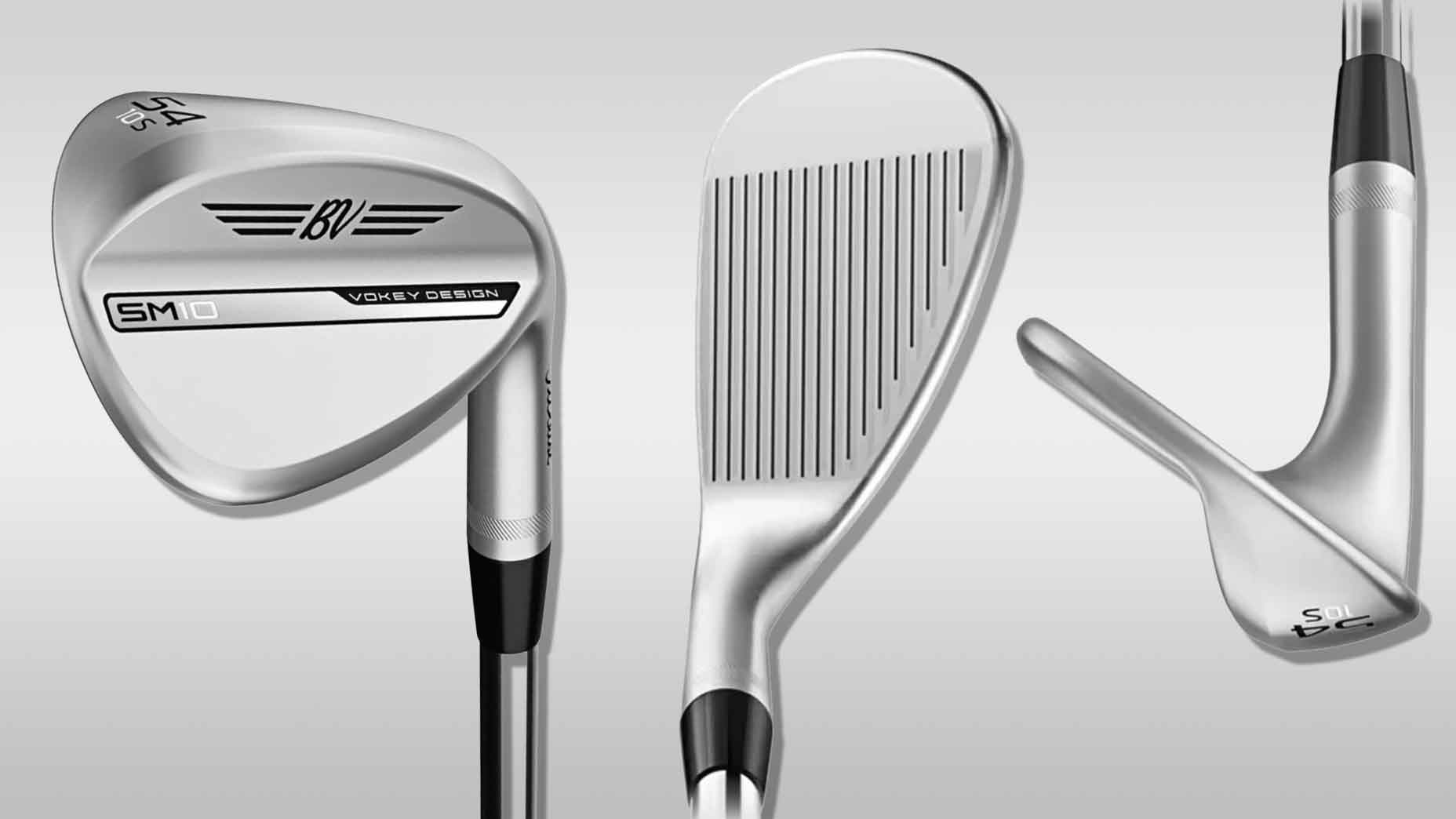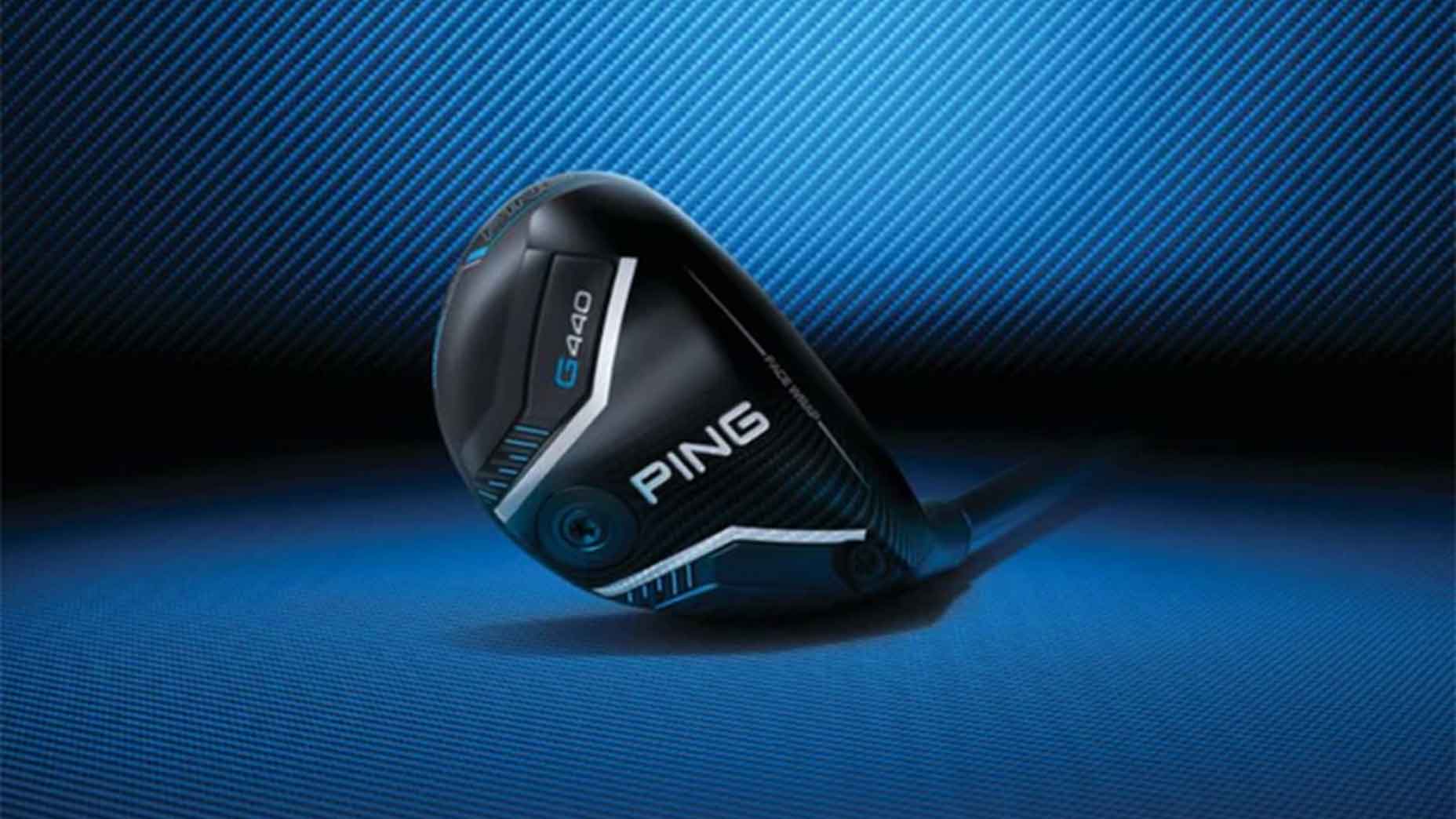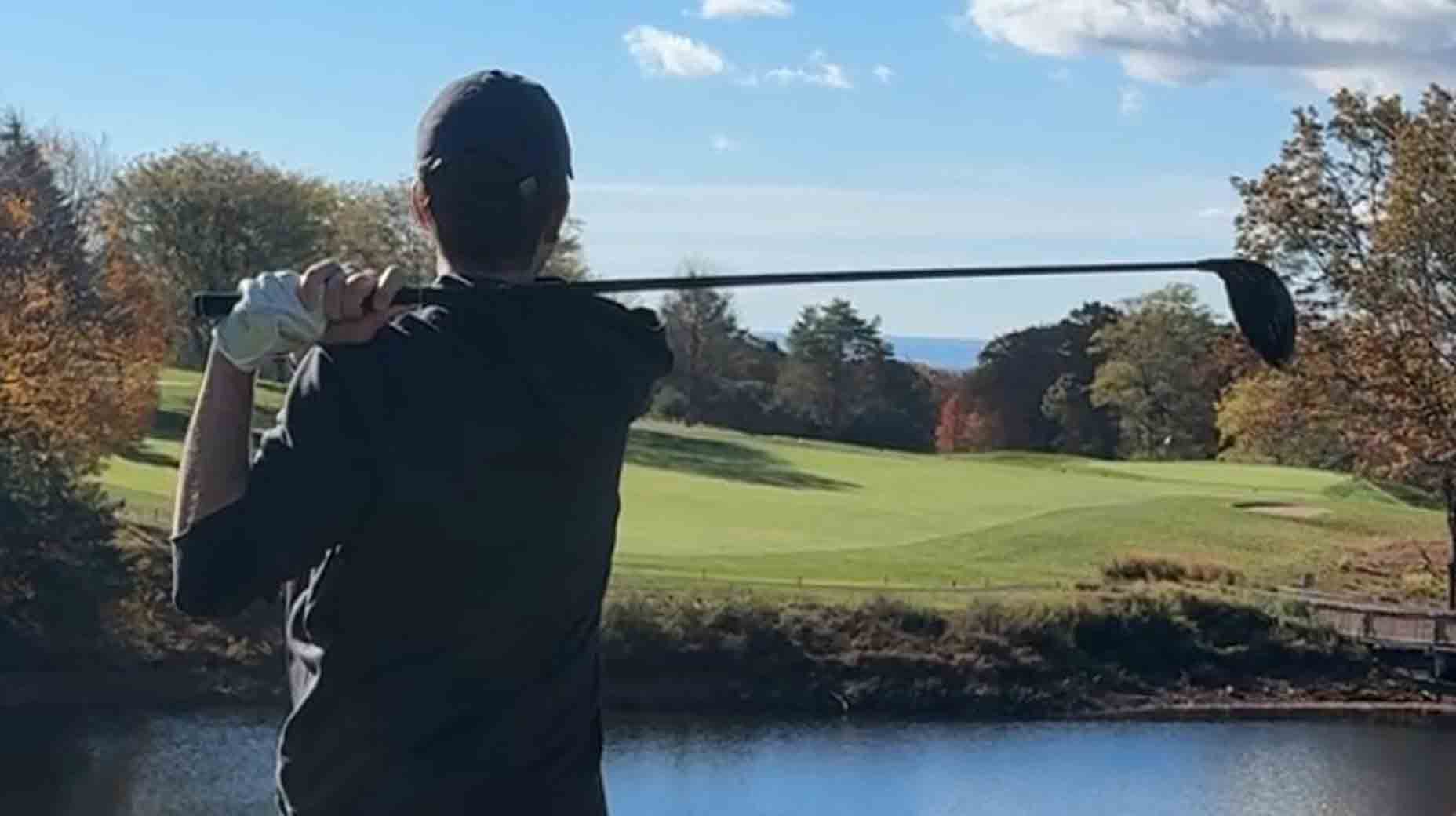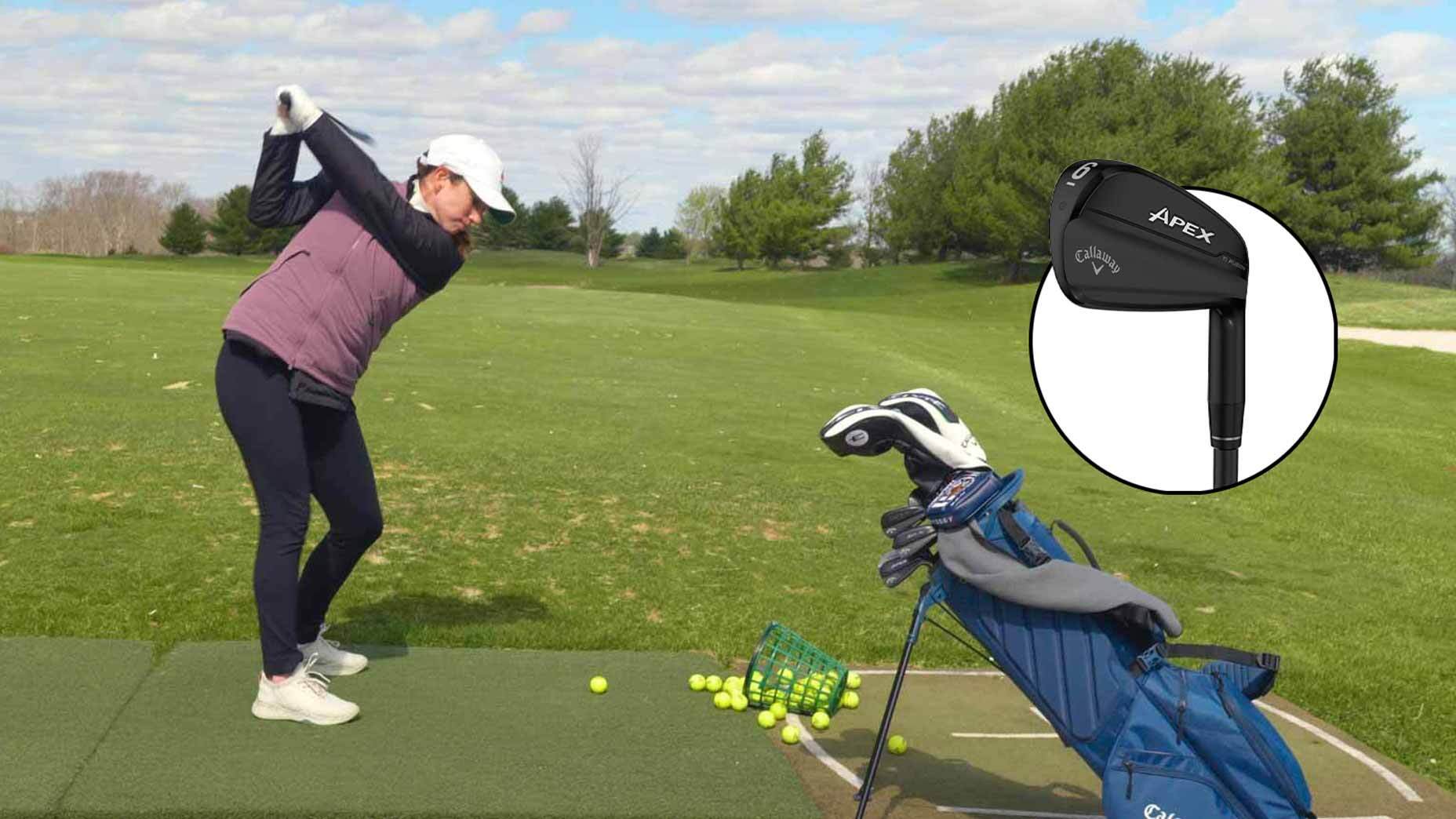Welcome to another edition of Yo, Gear Guy!, an interactive GOLF.com series in which our resident dimplehead (a.k.a., GOLF’s deputy editor of equipment, Mike Chwasky) fields your hard-hitting questions about clubs, fittings, gadgets, bounce, lofts, CG, MOI, and a bunch of other scary acronyms. This week he’s discussing if beginners should buy old golf clubs, the value of custom fitted shafts, the right balls for mid-handicappers and more. Got a question for Gear Guy? Hit us up on Twitter, Facebook or email.
sebastianlopez_official on Instagram: How much of a difference will it really make to play with a non-stock shaft?
I can tell you both from personal experience as well as from the data the folks at True Spec have shared with me that a custom fitted shaft, regardless of what club it’s for, can have a very significant effect on your performance.

The stock shaft that comes on a driver may be of good overall quality, but it’s designed to fit the widest range of players possible. Just like a suit off the rack, you might get lucky and find one that fits you pretty well, but since those items are made to fit as many people as possible you’ll probably have to get some tailoring to make it really fit right.
When it comes to golf clubs you want to tailor their performance as specifically as possible to your swing and the shaft is a huge part of that – I’ve actually seen cases where someone gains as much as twenty-five yards after finding the right driver shaft.
My advice would be to visit a qualified custom fitter like True Spec on start with a driver fitting on an indoor launch monitor. If you don’t see better numbers after trying recommended aftermarket shafts you can just stick with your stock model.
doc_rob38 on Instagram: As a beginner, am I better off buying a new or used set of clubs?
Golf clubs of a recent vintage are always an excellent value provided they’re in good condition and fit you reasonably well. If you do a little research and get guidance from a knowledgeable friend or good sales person, used clubs can definitely be the way to go.
But something to consider before buying gear is how serious you are about pursuing the game. If your goal is to be able to play well enough for semi-annual business outings or the occasional charity scramble with your friends, then value might be a high priority. However if you really want to put in some time and become a regular player, getting a new, fitted set of gear is a good idea.
Believe it or not your clubs play a significant role in shaping your swing and if you have shafts that are too stiff or too long, lie angles that are too flat, or clubheads with too little offset or bounce, you’ll likely be forced to swing in ways not optimal for your body type or ability level.

toemazz on Instagram: Which is better in windy conditions: A driver with a low launch angle or low spin rate?
The goal is to get a driver set up to hit your optimum launch and spin window for the longest, straightest shots possible with your swing and clubhead speed. With modern drivers and golf balls that almost always means high launch and low spin.
If you desire a driver that favors a bit lower trajectory and more roll to help control your shots in the wind you’ll have to increase the spin rate to make the lower launch angle work. Otherwise your shots will drop out of the sky too quickly and when you’re downwind or in a crosswind you definitely won’t like the result. Even into the wind it might not be very good.

My advice would almost always be to get your driver fitted to produce the longest, most consistently straight shot (your go-to drive) possible and when playing in windy conditions just adjust your aim or tee height a bit when necessary.
adsandersyredu on Instagram: Does it really matter what ball I play with as a 12 handicap?
In the olden times when golf ball choices included liquid-filled balata-covered models and two-piece top rocks, the answer to that question would have probably been “yes.” However these days it’s actually pretty hard to make a really bad mistake when choosing a golf ball as modern technology allows spheres of all constructions and price ranges to go far and provide good durability.

So while the right ball for your game is definitely important if you want to shoot your best scores that choice largely depends on short game performance preferences and putting feel.
If you’re a 12 handicapper then you’re a respectable player who’s probably been at it awhile and has some opinions regarding feel, trajectory off the tee, and wedge performance. I would experiment with different categories of balls including Tour models, multilayer Surlyn covered models, and two-piece distance-oriented designs and see how they work for you on approach shots, around the greens, and with your putter.
If you play mostly basic, square-faced chip and pitch shots that run up to the hole, you very well might find a non-Tour model works as well as anything for your game.

Cook.lachie on Instagram: Assuming they have the same loft, would a clean iron shot go as far as a clean hybrid shot?
The iron vs. hybrid relationship confuses many players in part because equipment manufacturers took a while to start putting numbers on the bottom of hybrids, and also because a lot of folks have no idea what loft their irons possess.
To help remedy the situation gear companies now put a number on the bottom of their hybrids to let people know what iron it corresponds to. But you might notice that number is generally one higher than the equally-lofted iron.
The reason is pretty simple – hybrids will almost always launch higher than a similar iron and produce less spin, yielding longer shots. When you add to the equation the more wood-like design of most hybrids, which makes them easier to hit for a lot of players, as well as the longer length of hybrids as compared to irons, it’s not surprising that a solidly struck hybrid shot will often go a full club longer than one struck with an iron of the same loft.









